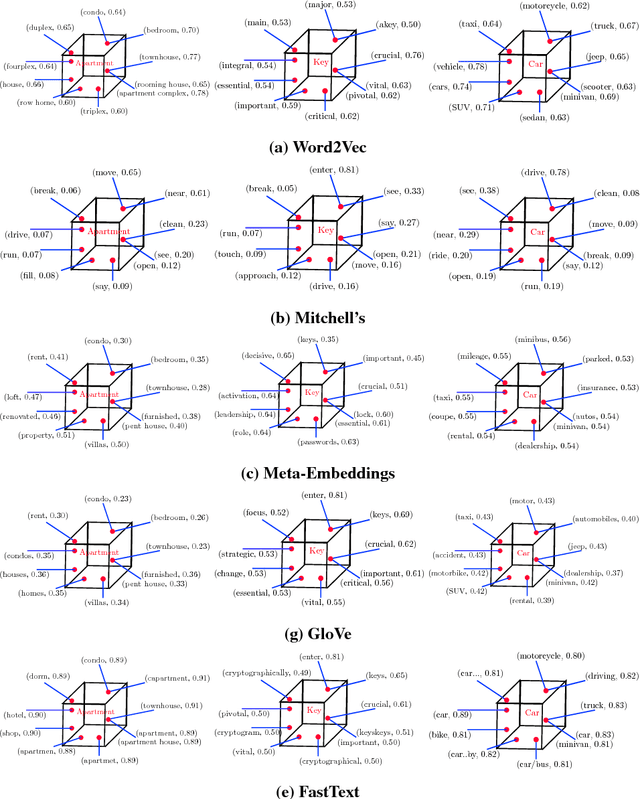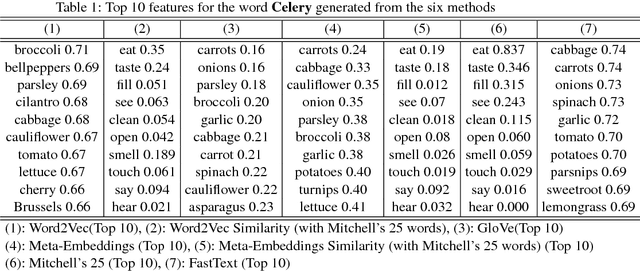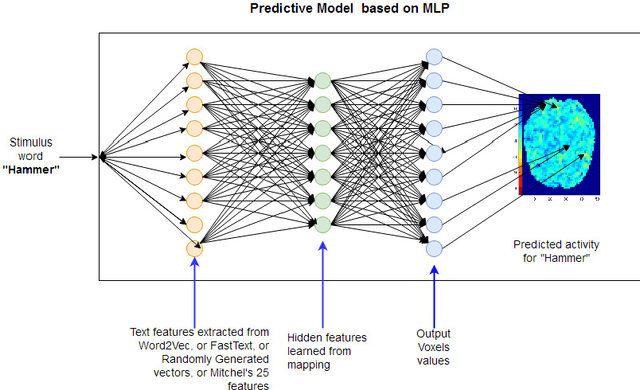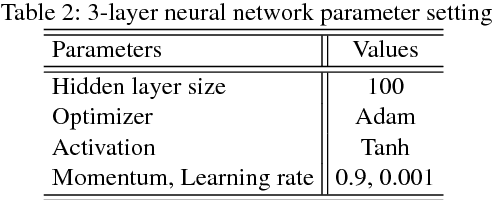Bapi Raju S
BeSt-LeS: Benchmarking Stroke Lesion Segmentation using Deep Supervision
Oct 10, 2023Abstract:Brain stroke has become a significant burden on global health and thus we need remedies and prevention strategies to overcome this challenge. For this, the immediate identification of stroke and risk stratification is the primary task for clinicians. To aid expert clinicians, automated segmentation models are crucial. In this work, we consider the publicly available dataset ATLAS $v2.0$ to benchmark various end-to-end supervised U-Net style models. Specifically, we have benchmarked models on both 2D and 3D brain images and evaluated them using standard metrics. We have achieved the highest Dice score of 0.583 on the 2D transformer-based model and 0.504 on the 3D residual U-Net respectively. We have conducted the Wilcoxon test for 3D models to correlate the relationship between predicted and actual stroke volume. For reproducibility, the code and model weights are made publicly available: https://github.com/prantik-pdeb/BeSt-LeS.
fMRI Semantic Category Decoding using Linguistic Encoding of Word Embeddings
Jun 13, 2018



Abstract:The dispute of how the human brain represents conceptual knowledge has been argued in many scientific fields. Brain imaging studies have shown that the spatial patterns of neural activation in the brain are correlated with thinking about different semantic categories of words (for example, tools, animals, and buildings) or when viewing the related pictures. In this paper, we present a computational model that learns to predict the neural activation captured in functional magnetic resonance imaging (fMRI) data of test words. Unlike the models with hand-crafted features that have been used in the literature, in this paper we propose a novel approach wherein decoding models are built with features extracted from popular linguistic encodings of Word2Vec, GloVe, Meta-Embeddings in conjunction with the empirical fMRI data associated with viewing several dozen concrete nouns. We compared these models with several other models that use word features extracted from FastText, Randomly-generated features, Mitchell's 25 features [1]. The experimental results show that the predicted fMRI images using Meta-Embeddings meet the state-of-the-art performance. Although models with features from GloVe and Word2Vec predict fMRI images similar to the state-of-the-art model, model with features from Meta-Embeddings predicts significantly better. The proposed scheme that uses popular linguistic encoding offers a simple and easy approach for semantic decoding from fMRI experiments.
 Add to Chrome
Add to Chrome Add to Firefox
Add to Firefox Add to Edge
Add to Edge